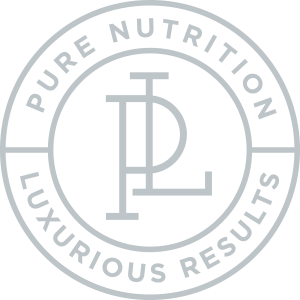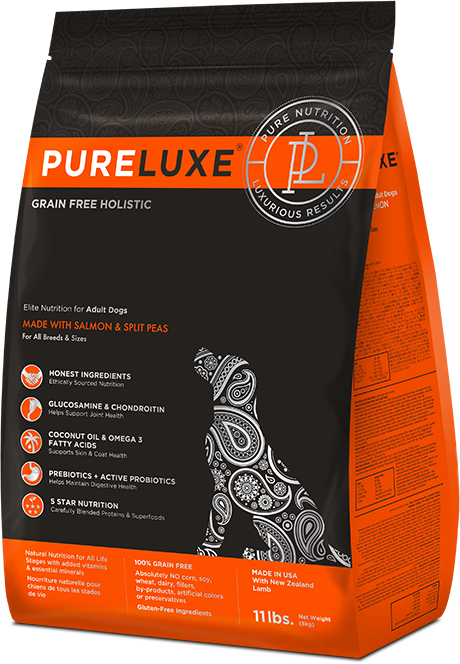Wet pet food packs a bigger environmental punch compared to dry kibble.
Wet pet food packs a bigger environmental punch compared to dry kibble. Here’s why:
- Water Usage: Both require water, but wet food contains much more (think heavy cans or pouches).
- Ingredient Processing: Meat-based protein in wet food has a larger environmental footprint due to livestock farming’s resource usage (land, water, feed). Dry food often uses more plant-based protein, reducing this impact.
- Packaging: Wet food’s metal cans or pouches have a higher environmental cost to produce and recycle compared to dry food’s cardboard or plastic bags.
- Transportation: The heavier weight and bulk of wet food can increase transportation emissions compared to the lighter and denser dry food.
Studies suggest dry food has a 6-7 times lower environmental impact than wet food. So, if sustainability is a concern, opting for dry food or exploring wet food with sustainable packaging can make a difference. Remember, consult your veterinarian to ensure the chosen food meets your pet’s nutritional needs.




















